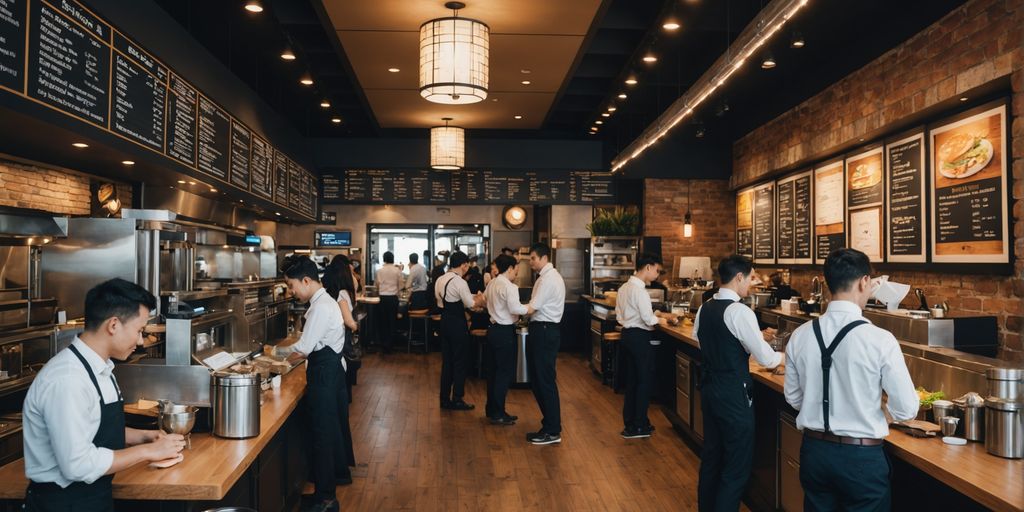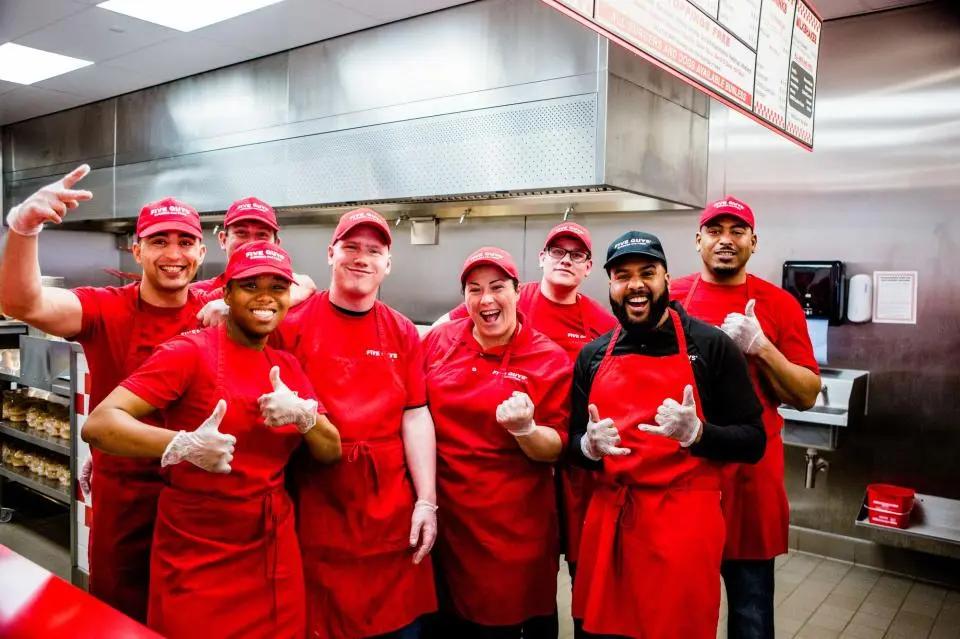In the fast-paced environment of fast-food chains like McDonald’s, there’s much more behind the counters than just taking orders and serving fries. Recently, a McDonald’s worker revealed that customers who greet them might often find their greetings overlooked. This disclosure sparked a broader conversation about customer-service interactions that warrant further exploration.
Why do McDonald’s workers sometimes ignore greetings?
When a customer greets a McDonald’s employee, the response can vary. Factors such as the employee’s workload, the rush of orders, and even store policies can influence how employees interact with patrons. In many cases, employees are tasked with juggling multiple responsibilities, often leading to moments where they might not acknowledge a greeting.
The Nature of Fast-Food Service
To better understand the dynamics of fast-food interactions, it’s essential to look at the environment in which these employees operate. With millions of customers visiting McDonald’s each day, the pressure to serve quickly and efficiently is immense. According to the National Restaurant Association, fast-food restaurants account for over 50% of the industry’s total sales in the United States, underscoring the importance of speed in the sector.
| Year | Fast Food Sales (in billions) |
|---|---|
| 2020 | $239 |
| 2021 | $261 |
| 2022 | $282 |
| 2023 | $310 (Projected) |
This data indicates a year-over-year growth, showcasing the increasing demand for quick-service dining. Employees often operate in high-stress environments where they might prioritize order accuracy and speed over social interactions.
Employee Workload and Customer Engagement
A McDonald’s employee, who wished to remain anonymous, explained that during peak hours, the focus shifts entirely to fulfilling orders. “When the lunch rush hits, there’s no time to chat,” the worker stated. “I appreciate when customers are friendly, but there are times when I can’t even look up from the register.”
Many employees work long hours with shifts that can exceed eight hours without breaks. These work conditions can lead to fatigue and a decreased capacity for social interaction.
The Impact of Training and Customer Relations
Training programs at fast-food chains emphasize efficiency and customer satisfaction, but they sometimes prioritize operational procedures over personal engagement. A survey conducted by the Restaurant Opportunities Centers United found that nearly 70% of fast-food workers reported feeling rushed during their shifts, which can lead to impersonal exchanges with customers.
| Training Aspect | Percentage of Impact on Performance |
|---|---|
| Speed of Service | 60% |
| Customer Satisfaction | 25% |
| Employee Morale | 15% |
Understanding these metrics helps clarify why customers may experience a lack of acknowledgment or greeting in certain situations.
Situational Factors Affecting Greetings
Beyond workload, several situational factors can lead to missed greetings:
- Busy Hours: High customer volume during lunch and dinner hours can limit employee interaction.
- Mood and Stress: Employees experiencing personal stress or fatigue may not engage as warmly.
- Store Policies: Protocols may discourage extensive interactions to focus on efficiency.
It is essential to recognize that when a customer does not receive a greeting back, it does not reflect a lack of appreciation for the customer or their friendliness.
Customer Dynamics at McDonald’s
Understanding customer behavior is just as crucial as examining employee responses. Many customers enter McDonald’s with varying expectations based on their prior experiences. Some may seek a fast, efficient transaction, while others hope for a more personal interaction.
In a recent study conducted by the Food Marketing Institute, over 60% of consumers indicated that they prefer a friendly, engaging customer-service experience, but only 35% actually receive it in their fast-food visits. This disconnect can lead to frustration on both sides.
Balancing Efficiency and Engagement
To address these dynamics, McDonald’s and other fast-food chains might consider revising their training programs to balance efficiency with the importance of customer engagement. Training staff on effective time management could alleviate the pressure that often leads to ignored greetings.
Moreover, having designated peak hours for heightened customer interaction can help employees connect better with patrons. These strategies can create a more welcoming environment, enhancing customer loyalty and overall satisfaction.

Conclusion: Creating Connections in Fast-Food Settings
As customer expectations evolve, the fast-food industry must adapt to meet these demands through effective training, operational adjustments, and a focus on employee morale. While it may not always be feasible for employees to acknowledge every greeting, recognizing the importance of human connection in service work remains vital.
In many cases, McDonald’s workers genuinely appreciate friendly customers but are bound by the realities of their job. By fostering supportive environments and encouraging genuine interactions, both customers and employees can benefit, leading to a more positive dining experience for everyone involved.
Moving Forward: The Role of Feedback Mechanisms
Fast-food chains like McDonald’s can also incorporate feedback mechanisms that allow customers to voice their experiences. Regular evaluation of customer interactions can help management understand areas for improvement, promoting a culture where both employee satisfaction and customer engagement coexist.
In the end, embracing the human element in fast-food service can enrich the experience for employees and customers alike, ensuring that a simple greeting fosters more than just a fleeting moment but rather a lasting connection.

